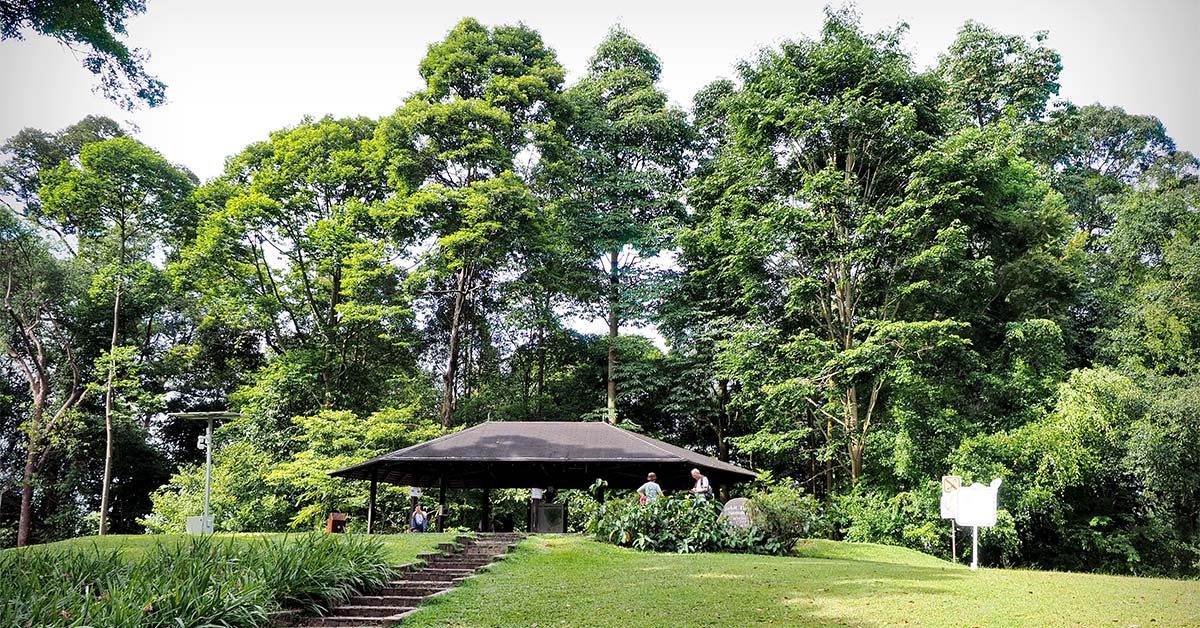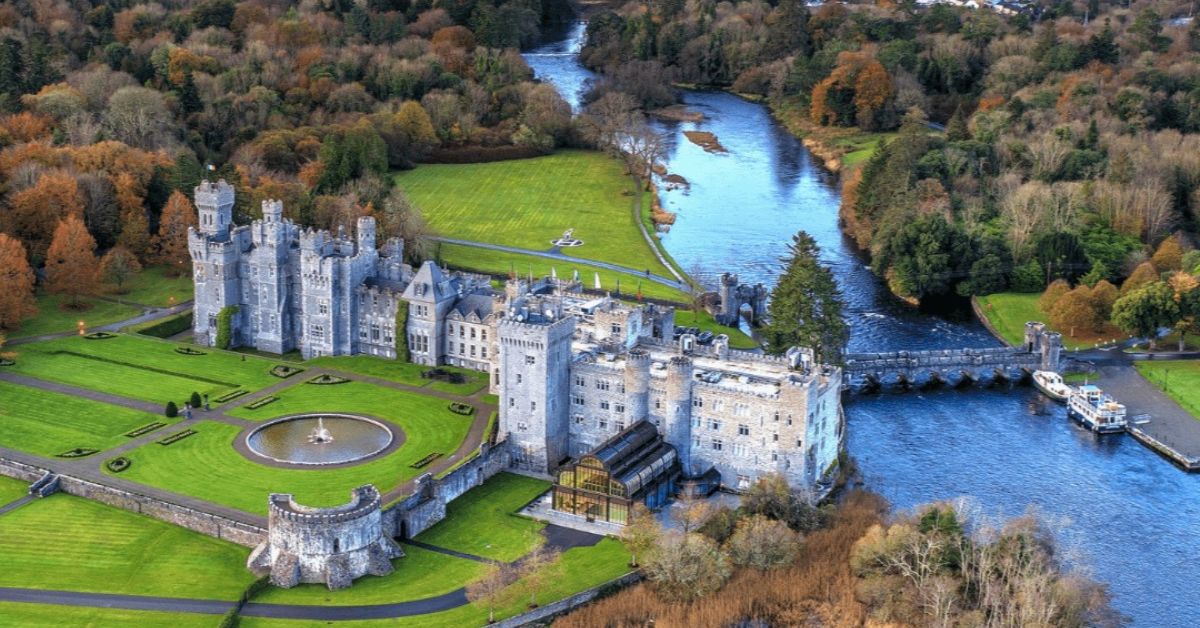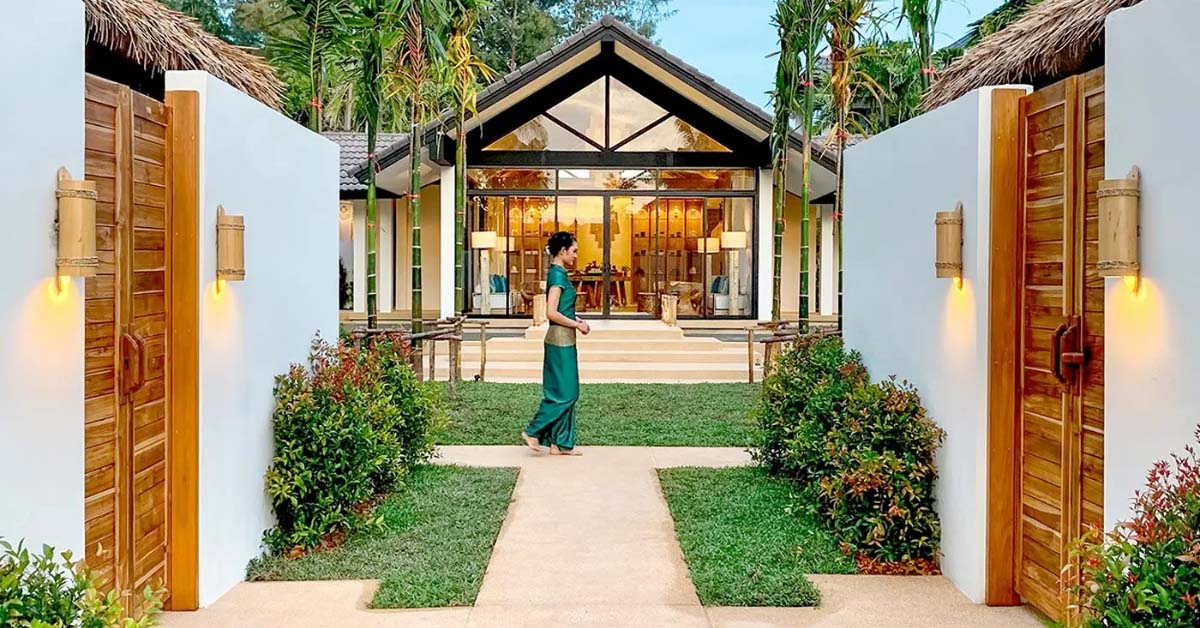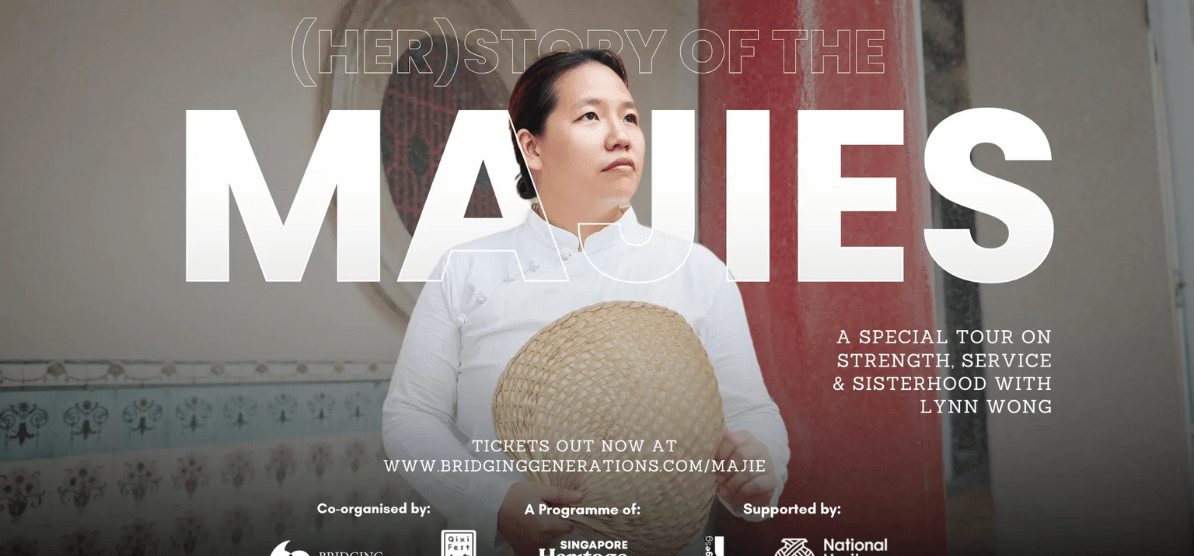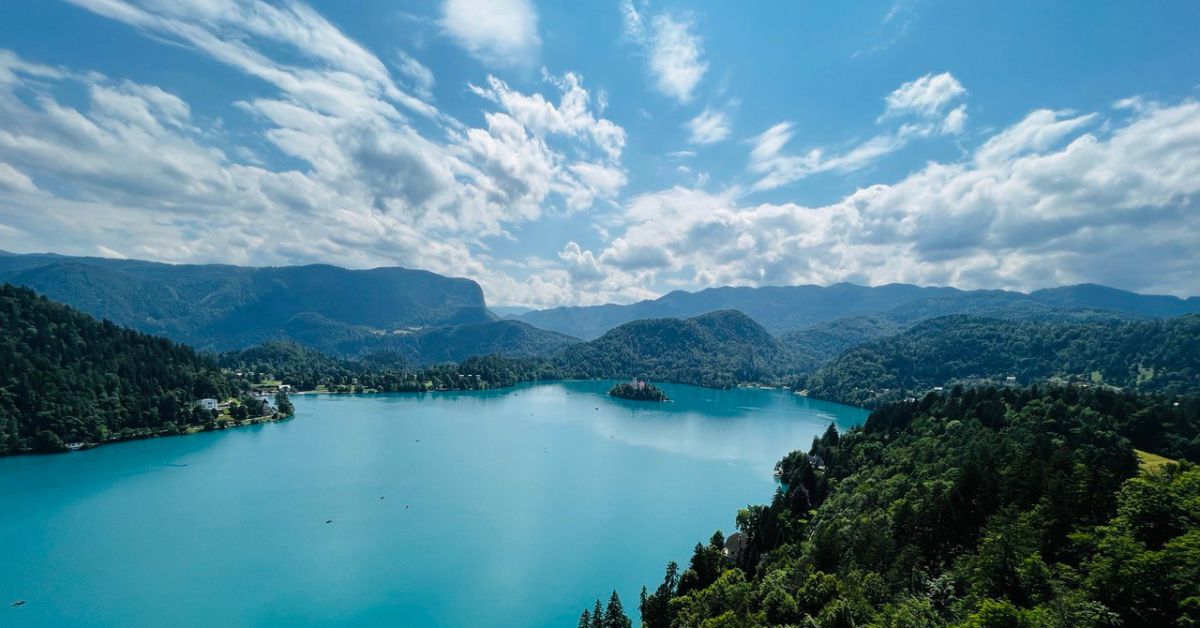
I recently travelled to Croatia, Slovenia, Bosnia Herzegovina, and Montenegro — four countries of the former Yugoslavian Socialist Federal Republic.
It turned out to be a perfect blend of travel and exercise, laced with history: Lots of walking (in the old towns), trekking (in the most picturesque national parks with myriad waterfalls and lakes), step-and-slope climbing (up a minaret, a cave, and the stone walls of castles and fortresses).
While the well-marketed European cities will continue to remain popular, there is a whole new area of Europe to be discovered just across the Adriatic Sea from Italy.
I recommend exploring these gems as part of an organised tour. It would be the most productive way to travel as there are border crossings which can be tricky. And the local guides on the tours are a boon, armed with information and charming stories of the ancient cities.
From beautiful waterfalls, lakes, mountains, to vast nature parks and medieval cities, it was a feast for the senses.
Advertisement
Nature attractions
As I traversed these beautiful now-autonomous countries, I found myself coming to terms with their history; the individual battles for independence they faced and fought.
Then only could I appreciate the thriving and touristy nations they have mushroomed into today.
A decade after the 1981 passing of charismatic Yugoslavian President Tito, the satellites in the Yugoslavian Socialist Federal Republic started to seek independence.
Slovenia
Slovenia, which I found the most beautiful of the countries I visited, was the first to break away in a 10-day war in 1991. The locals say it felt like three; the most seamless of all the satellite transitions into autonomy.
Postojna Cave
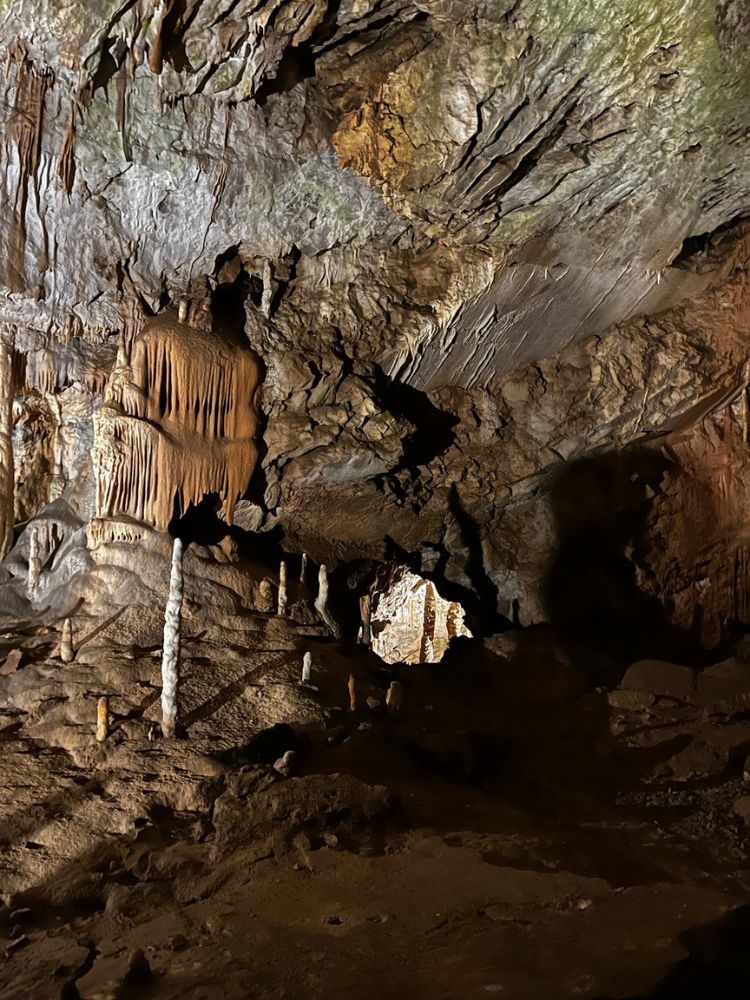
My favourite Slovenian highlight is the spectacular Postojna Cave; truly a cherished two-hour experience of a 5km stretch of the 70-million-year-old cave system the length of Singapore from east to west.
This is the only karst cave in the world to have an electric train running through it.
After a short ride, you get off the train and walk about 1km through the subterranean paradise, admiring the amazing three-million-year-old limestone formations with interesting names like Spaghetti Hall and Olm.
The cave is home to 150 species of animals (visit the Vivarium), the most fascinating being “the baby dragons” who live in the dark.
Charles Darwin wrote about these “baby dragons” from Postojna in his work On the Origin of Species (1859). Discovery Channel visited the cave in 2016 to document the egg-laying process.
Many large groups move together in the cave so you would have to keep up with the pace of walking and steep gradient at times. Take a jacket along as temperatures hover around 10°C.
Old town of Ljubljana
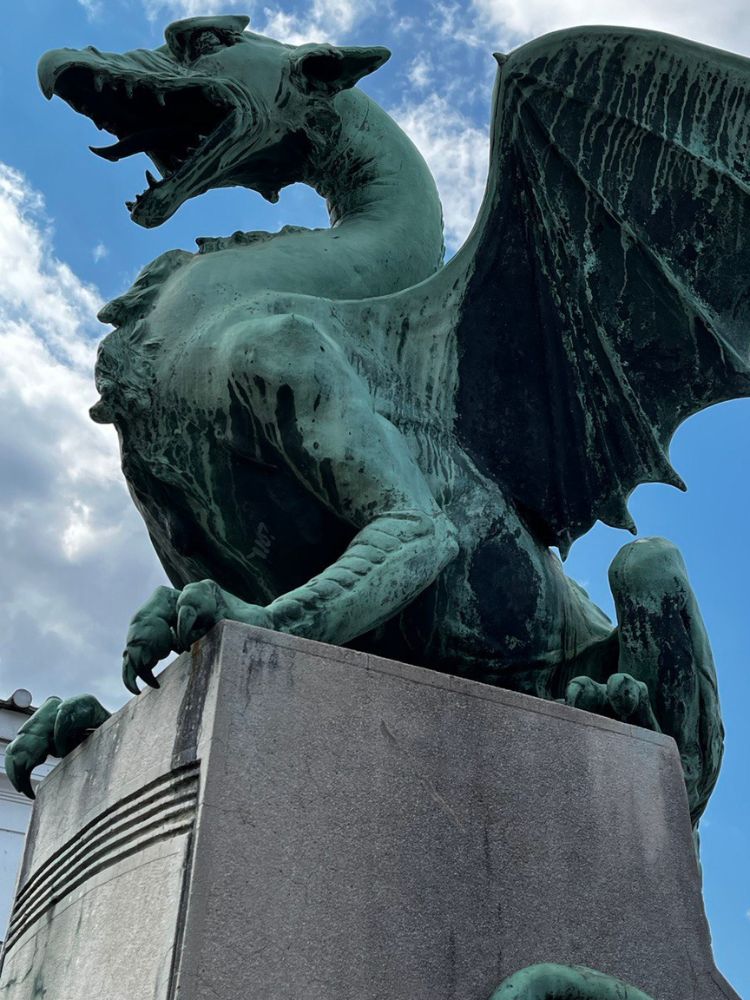
The vibrancy of the country is evident as you explore the old town of Ljubljana (City of Dragons) with its open-air Central Market, Baroque Town Hall, Robba Fountain, Triple Bridge and Dragon Bridge.
Remember the Greek myth of Jason and the Argonauts? According to the legend, Jason was the founder of Ljubljana and he and his Argonauts killed a dragon (one of four dragons on the bridge).
All the old towns I visited had medieval fortified structures as highlights.
Here, the 900-year-old Ljubljana Castle — accessible by a funicular railway — offers the best view.
You can also walk up or down one way or both. Fashionable shops line the streets and your mind races to Melania Trump (former Slovenian model).
I learnt she is not popular here after she cooked up a fuss about her name being used commercially without permission. Slovenians are more excited to talk about their rising sports stars.
In my evening walk, I was lured by the sound of Big Band music from the orchestra, wafting through the summer night air. The free concerts in central park last through the season.
Lake Bled and Lake Bohinj
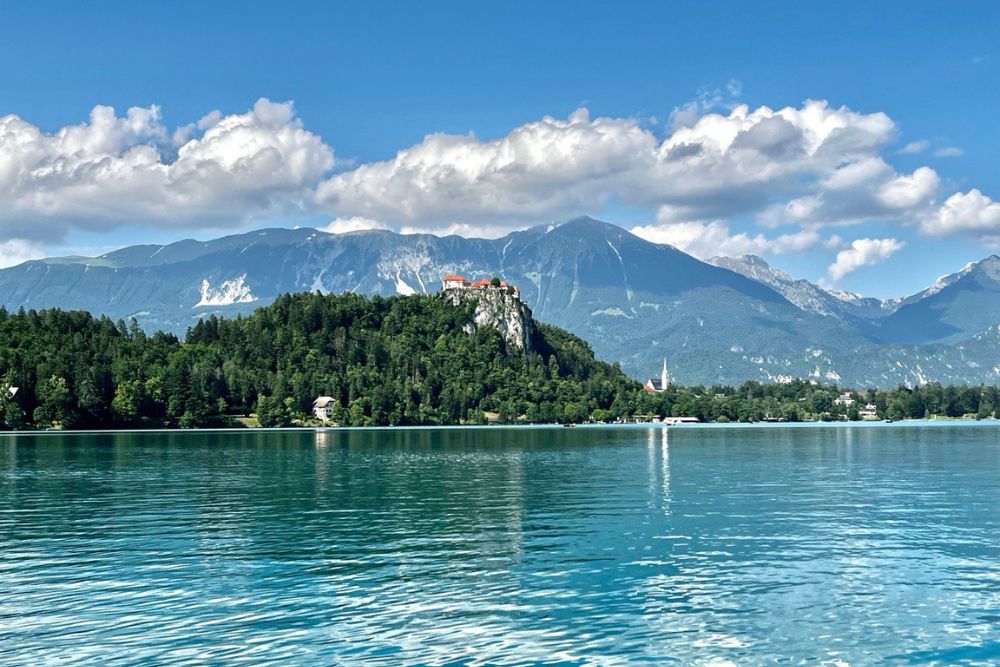
Gothic iconic Bled Castle in the Triglav National Park, perched on a 130-metre-high cliff on Lake Bled (a glacial lake supposedly created by fairies), got my vote for best stunning panoramic view of the bluest water in the world: a reward for the steep climb up the slope to the entrance.
Take it slow on this 10-minute climb if you need to.

Situated in the middle of the lake is the fairy-tale-looking tear-shaped little island with the church that you see in your Facebook feed (Church of the Mother of God on the Lake).
Getting off the rowboat to the island, I climbed the 99 stone steps to reach the church and was delighted to witness a wedding celebration where tradition dictates that a bridegroom carry his bride up the steps.
I learnt of a Singaporean guy who did just that on an earlier visit and was pale when he reached the top with his bride in his arms.
My personal take is this: the view of the island with the church from the fringe of the lake is sufficient for the senses.
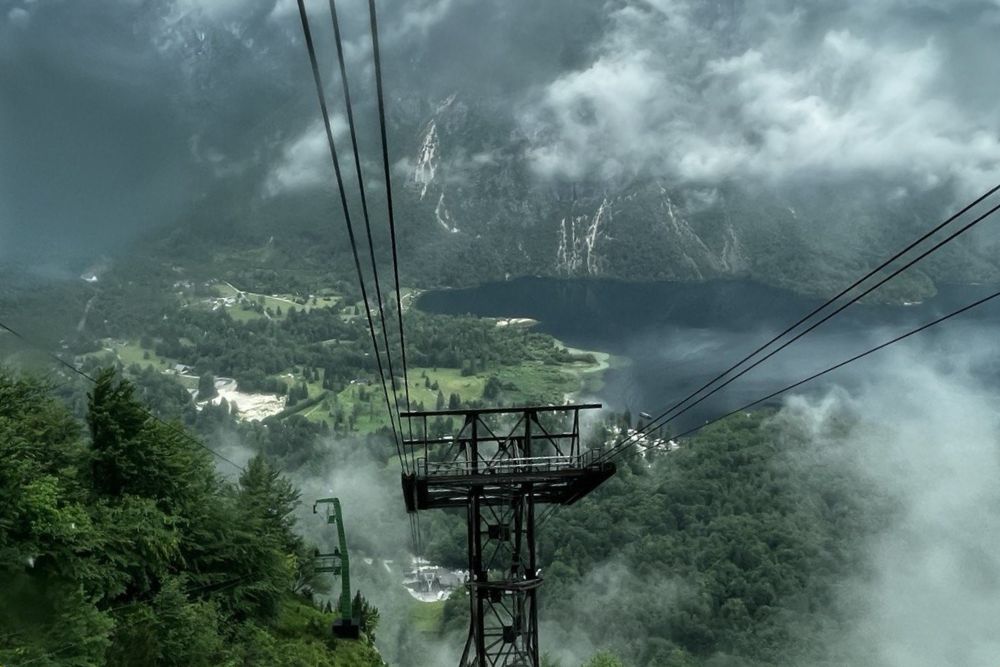
Another Triglav attraction is Lake Bohinj. You enjoy an excellent view of the lake and mountains from the cable car ride to Vogel Ski Centre.
When the heavy mist cleared, our group was grateful we were able to jump on the quad ski lift further up the mountain to trek on the ski slopes.
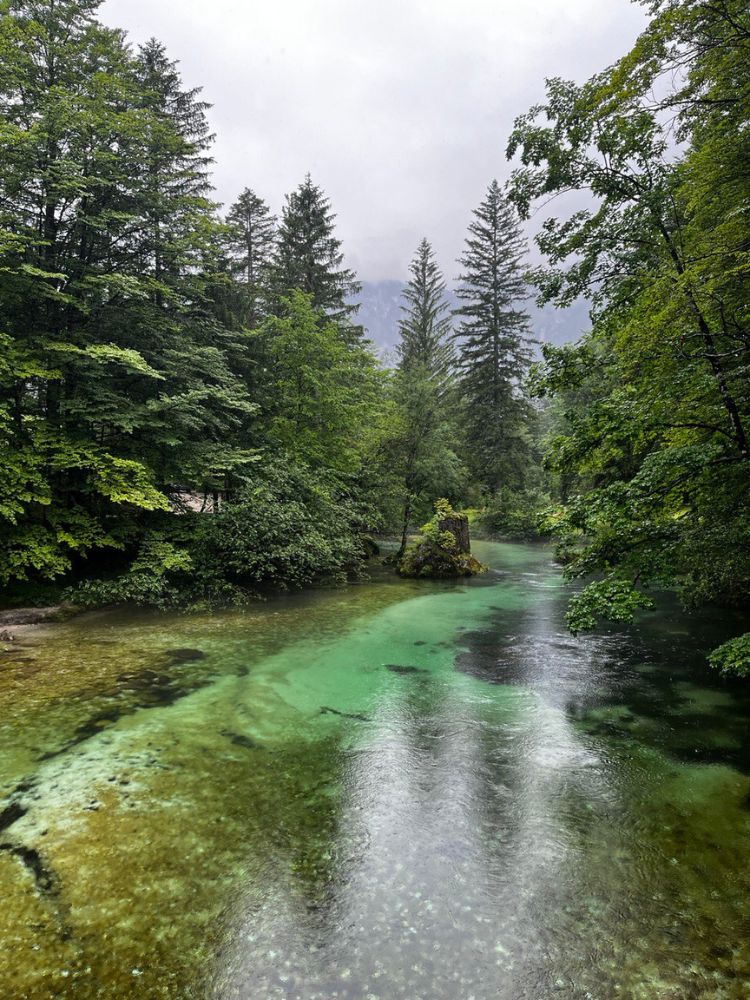
But if you are travelling free and easy and have more time, stay a few days and immerse yourself in the area’s activities.
This camping area is noted for its hiking trails, zip lines, paragliding, and bike park.
Croatia
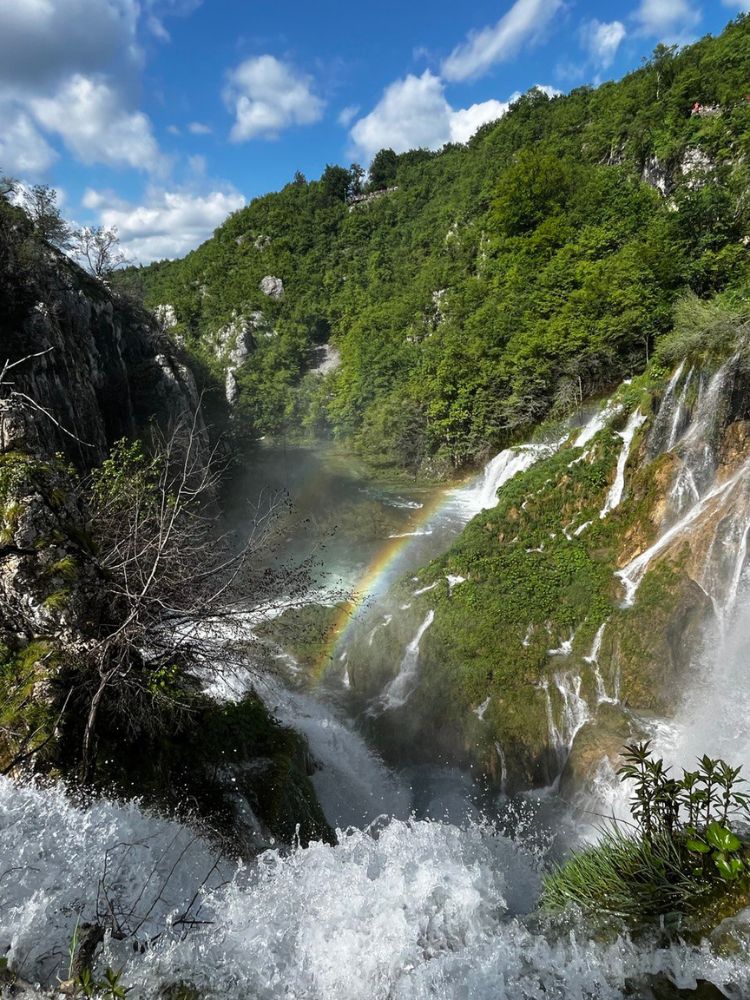
Croatia was the second satellite (after Slovenia) to seek independence and this war lasted four years from 1991 to 1995.
I felt sad that many of the old towns like Dubrovnik, Split and Zadar were shelled and partially destroyed until I learnt that they were thankfully restored after the war.
UNESCO spearheaded these projects with generous funding from some nations.
Plitvice Lakes National Park
The UNESCO World Listed Site that took my breath away was the picturesque Plitvice Lakes National Park (29,685 hectares of lakes and forests).
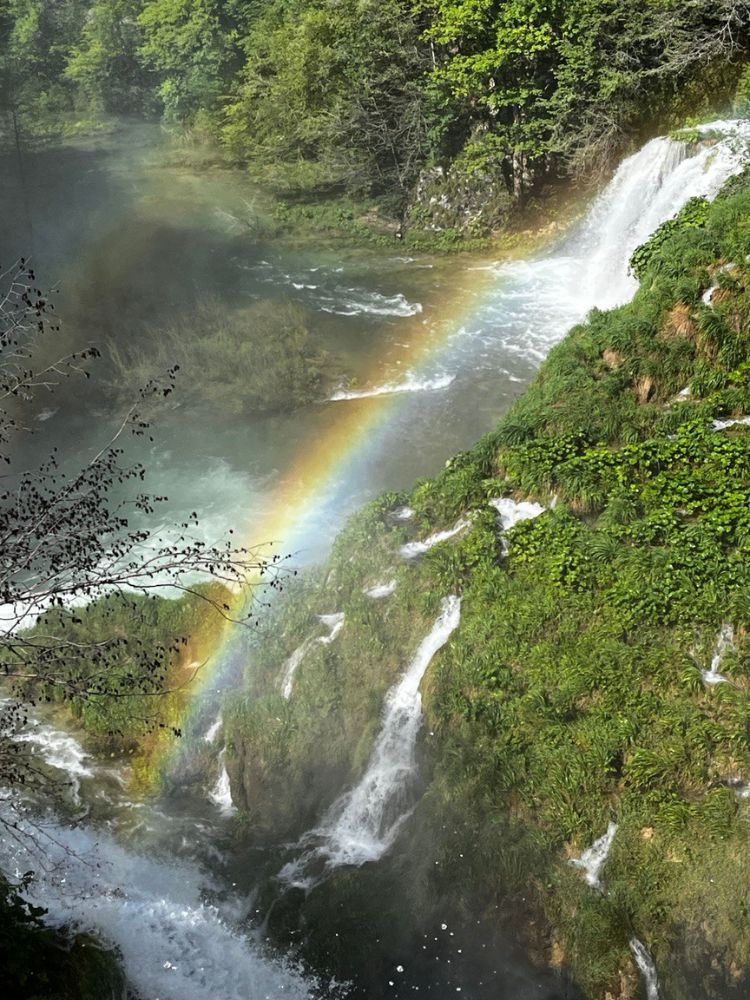
From the placid grey lower lakes, we were transported by an electric boat to a haven at the upper lakes where the spectacular landscape unfolded itself in tantalizing turquoise lakes, tiered waterfalls, and thunderous cascades.
The adventurous among us danced drenched under the tallest waterfall (Veliki Slap).
Raincoats and umbrellas were ditched so that our cameras could capture the magic of the moment under the cacophony of cascades.
Bosnia and Herzegovina
At the next country we visited, our guide, who proudly calls himself a true Bosnian (Father is Catholic Croatian, mother, Muslim Bosnian), emphasises convincingly that Bosnia and Herzegovina, which experienced the toughest cessation from the Yugoslavian Republic, wants to put the past behind it and move on.
On the Sarajevo city tour he pointed out many buildings (one called the Zombie Building) ravaged by the war and still standing, riddled with bullet holes, serving as a reminder of the war.
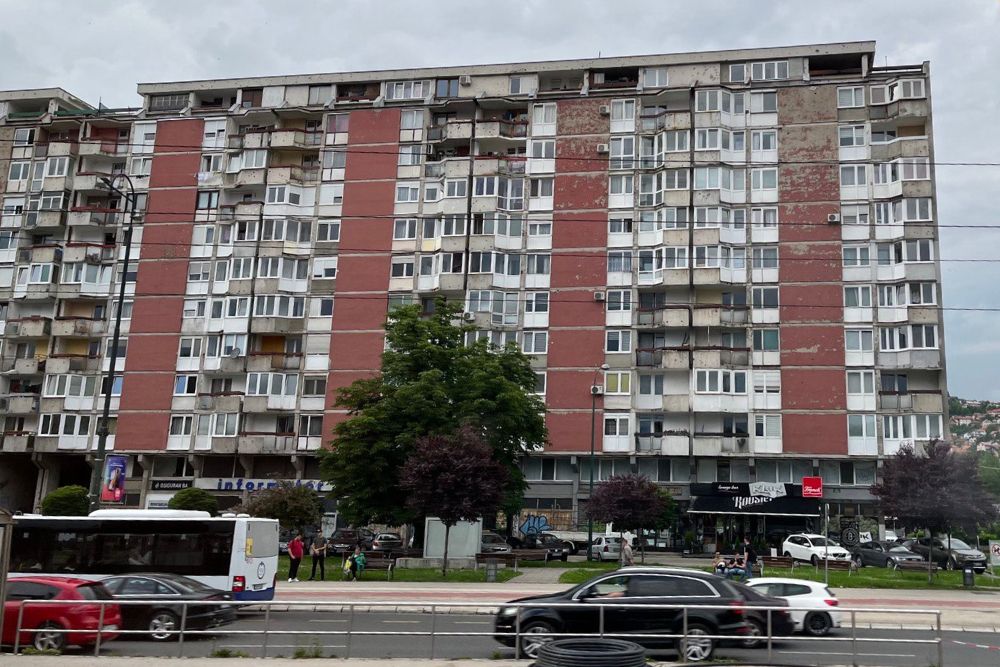
The highlight of the tour was walking through 25m of the 800m Tunnel of Hope that saved the 300,000 Bosnians during the war. I panicked because I started to visualise the Chu Chi tunnels in Vietnam.
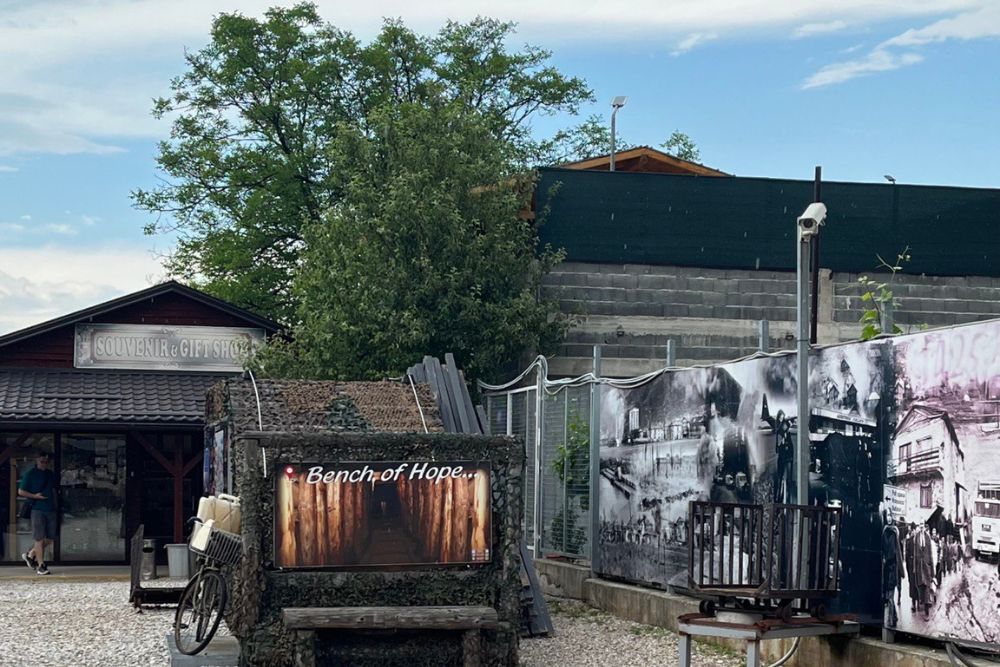
Thankfully my fear was unfounded. Here we just needed to hunch and lower our heads as we entered the 1.6m-high tunnel.
Built over four months right under the airport (UN-patrolled territory), the Bosnians were able to receive supplies and arms from the free Bosnian territory skirting the siege area.
The alternative was risking their lives in Sniper Alley in the siege area as they played what was called “The Bosnian Roulette” running to get supplies out in the open at the risk of getting shot.
Montenegro
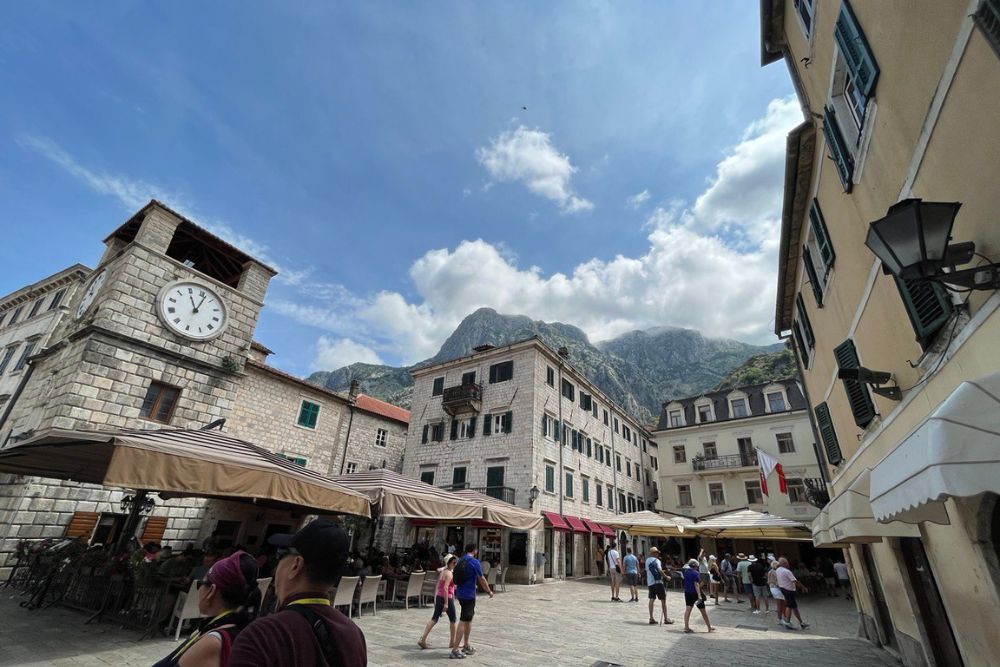
Situated on the coast of Montenegro, Kotor is a medieval city, conquered by the Romans in the 2BC.
The Old Town of Kotor (Stari Grad) has been on the UNESCO list of protected cultural heritage sites since 1979 after a major earthquake damaged the town.
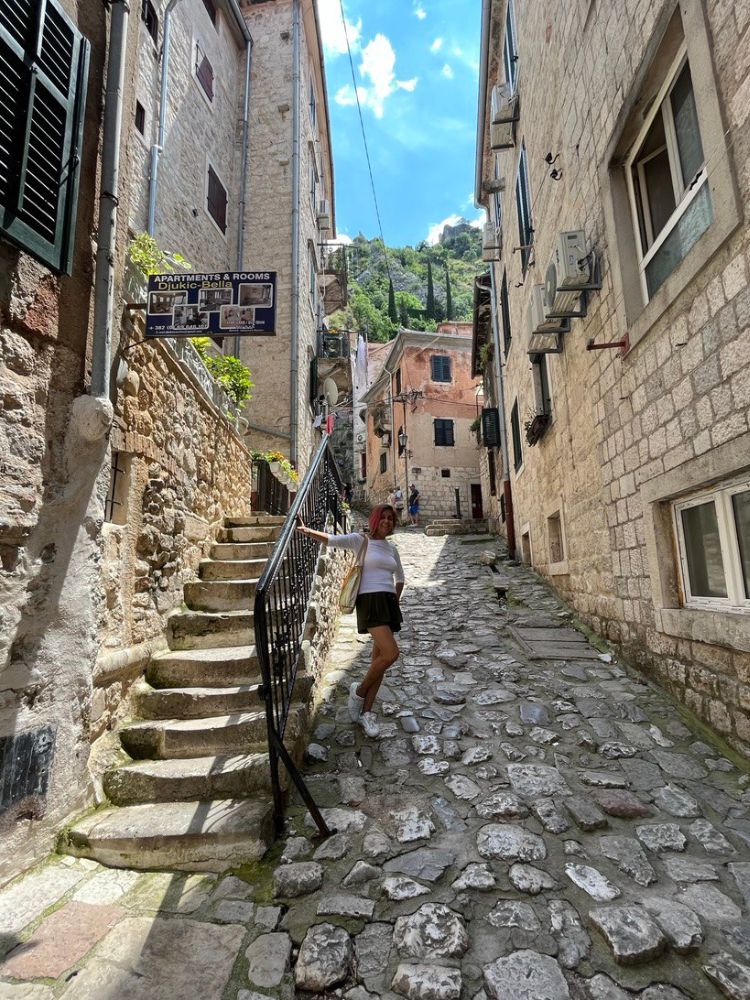
Mind your step, exploring the cobbled streets, narrow lanes, climbing up staircases that lead to a maze of passages and hidden courtyards, stone churches, all enveloped in a fortification flanked by towering mountains.
And if time permits, climb the 1350 steps to the fortress perched up on St John’s Hill. We walked part of the way up the steps which led us above the rooftops from which we had a panoramic view of the town and Bay of Kotor.


